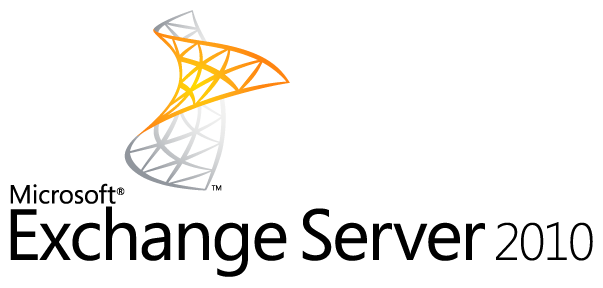It is quite unfortunate that many small businesses are reluctant to migrate to Microsoft SharePoint, due to their inability to envision its usefulness. In essence, SharePoint can really deliver significant tangible benefits. SharePoint is associated with many useful tools that could benefit any business operation:

- CRM Tools: Small businesses need tools that can help them to implement strategies easily, so they can interact properly with sales prospects, distributors, clients and customers. SharePoint comes with CRM tools that can assist with technical services, customer supports and other marjeting endeavours. It is also possible to share CRM data with SharePoint for distributors, partners and customers. They can view information, track status and submit requests. Content management should be extendable to clients and customers. We can create a secure central repository for documents and other information that clients can edit or just view. SharePoint also offers training materials to customers and employees in a password-protected platform; so it can be accessed just about anywhere around the world.
- Calendar: Calendar is an important tool to keep people updated of milestones, deadlines, meeting, upcoming events and other important things. Users should be able to remain very focused and the whole team could become more cohesive if members are aware of specific calendar events. It is possible to overlay Outlook calendars with Sharepoint’s calendar; so they can see everything or just filtered information.
- Workflow Solution: No matter its scope or size, a business should have a workflow that can dictate things. Flow of information can turn into a more tangible process that we can learn and document. There should be an automated movement of information through specific tasks sequences that are related to the entire business process. Users should be able to attach a set of instructions to the workflows. These instructions could control and specify actions that are related to items or documents. This should streamline the time and cost required to properly coordinate typical business processes. As an example, we can attach proper business logics to the document review and project approval process. This should improve accuracy and quicken the overall process. The whole task approval process can be assigned and created to participants whenever necessary. Users can send email alerts that contain links to documents that should be approved.
- Dashboard Tools: Microsoft SharePoint allows users to create a dashboard for their projects. This should keep people on task and well synchronized. We can filter and view various project elements, such as change orders, risks, lessons learned, milestones, calendar, recent issues, tasks, documents and other details. Employees can make effective of this dashboard interface to enhance business intelligence, improve decision making process, analyze causes of problems, monitor business metrics and perform other tasks.
The final question is whether Microsoft SharePoint is appropriate for our business. It’s still up to any business owner to take a closer look at their business cases and perform calculations of the true costs if SharePoint is deployed.



























